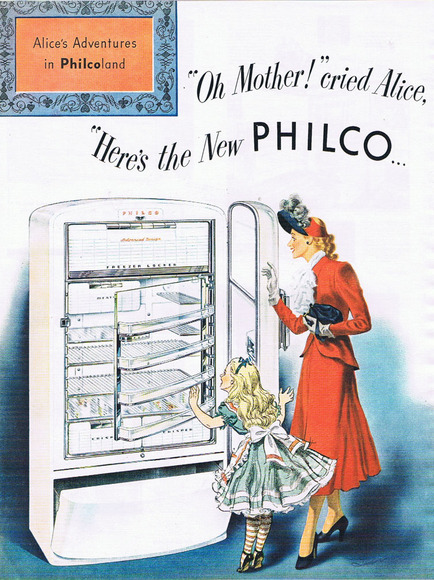Yesterday, I alluded to David Nye’s Electrifying America, a social history of the electrification of America from 1880-1940. At the heart of Nye’s study is the contention that technology is a social construction. By this he means that technology always enters into a pre-existing social world and a technology’s adoption, use, and meaning is derived from that social world. So, for example, Nye writes:
“A technology is not merely a system of machines with certain functions; it is part of a social world. Electrification is not an implacable force moving through history, but a social process that varies from one time period to another and from one culture to another. In the United States electrification was not a ‘thing’ that came from outside society and had an ‘impact’; rather, it was an internal development shaped by its social context. Put another way, each technology is an extension of human lives: someone makes it, someone owns it, some oppose it, many use it, and all interpret it.” (ix, emphasis mine)
The history of technology is full of similar stores about social factors conditioning the adoption of new technologies. In a post titled “How the refrigerator got its hum,” science writer Alice Bell briefly recounts the story of early refrigeration and the adoption of electric over gas refrigerators. It’s a quick and interesting read if your are not familiar with the story. She notes near the end that, “In many respects, the history of technology is a history of failed machines; of routes we didn’t take, not the ones we did.” And she cites David Edgerton’s Shock of the Old to the same effect:
The history of invention is not the history of a necessary future to which we must adapt or die, but rather of failed futures, and of futures firmly fixed in the past. We do not have a history of invention, but instead histories of the invention of only some of the technologies which were later successful (Edgerton, 2006: 184. Emphasis as original).
She then ties it all up with the following conclusion:
And there’s the moral of the story: the possibilities around technology are multiple. They are not limitless, but they aren’t singular either, and they certainly are not linear. There are choices when it comes to the technologies we choose to take on, and choices about how we make use of them, when and if.
This is very well and succinctly put. I would only add that these choices later constrain and condition future choices yielding what Thomas Hughes has called “technological momentum.”


Interesting! However, what about the construction and re-construction of technologies? What about their determinants during development and then determinants during use? i.e. technologies are the result of certain social forces, however, sometimes its use is not in accordance with the built-in characteristics, rather people tamper with them and change them to suit their purpose. Please have your valuable comment on this.